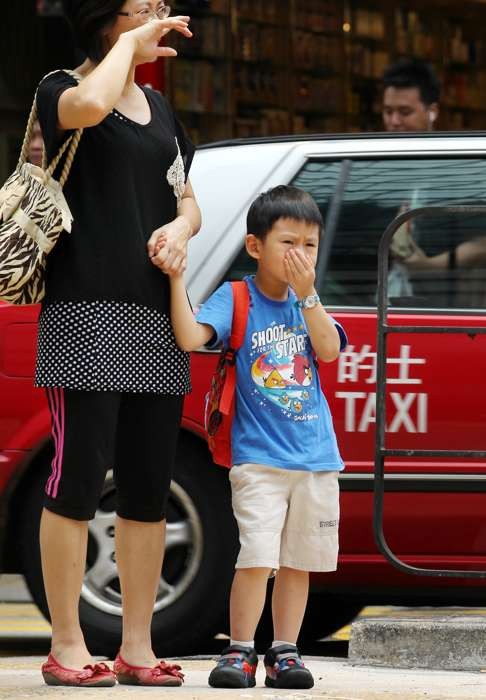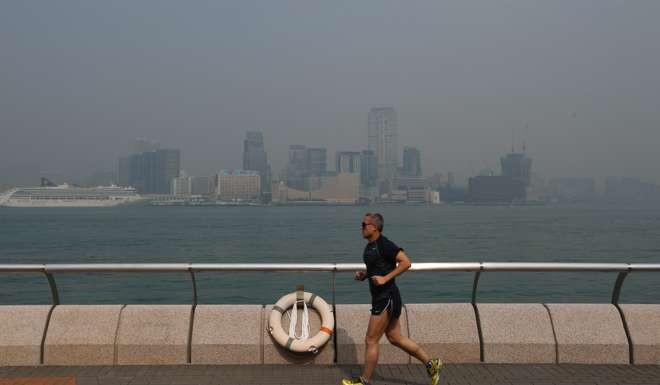
Hong Kong’s official air quality index failing to warn on deadly health hazard
Paul Stapleton warns that the Air Quality Health Index is creating a false sense of security by consistently failing to consider dangerous levels of PM2.5, the fine particulate matter associated with lung disease
Each morning after waking up, I look out of the window at the clarity of the air and then check two websites that give air pollution readings for Hong Kong.
Admittedly, my first action is very subjective. Air clarity is a crude way to measure pollution levels, especially during months that tend to be foggy. This is why I check the indexes on those two sites. Then, I decide whether to go out for a jog or stay indoors on the treadmill.
‘It’s like they’re killing our children’: parents call for tougher action on air pollution at Hong Kong schools
These microscopic particles that just hang in the air are known to penetrate deep into our lungs when we breathe. They mostly come from vehicle exhausts, the burning of coal to make electricity and other industrial activities.

Landmark study of elderly Hongkongers ties air pollution to multiple types of cancer
During the past week, the air pollution forecast on the local TV news each day, presumably taken from the government service, was for “low” to “medium” levels. However, at the World Air Quality Index, PM2.5 levels have been in excess of 100 for several days running. The US Environmental Protection Agency puts the 24-hour and annual standard for PM2.5 at 35 and 15 respectively. Thus, on days when Hong Kong’s Environmental Protection Department was informing the public that the level of air pollution was forecast to be low to medium, the amount of PM2.5 – arguably the mostly deadly pollutant – exceeded safe levels by a big margin.

Smog from northern mainland ‘not affecting’ Hong Kong, expert claims
Coughing much? Hong Kong suffers bigger rise in poisonous ozone pollution than industrial Guangdong
Unfortunately, the discrepancy I noticed this past week is not an isolated incident. Regularly, the index forecasts the level of air pollution in Hong Kong to be “low to moderate” on the following day when the PM2.5 reading turns out to be at levels much higher than that acceptable by international standards. Sadly, the government’s daily forecast lends a false sense of security about air quality. In the end, it may be best to look out of the window and judge for oneself.
Paul Stapleton is an associate professor at the Education University of Hong Kong

